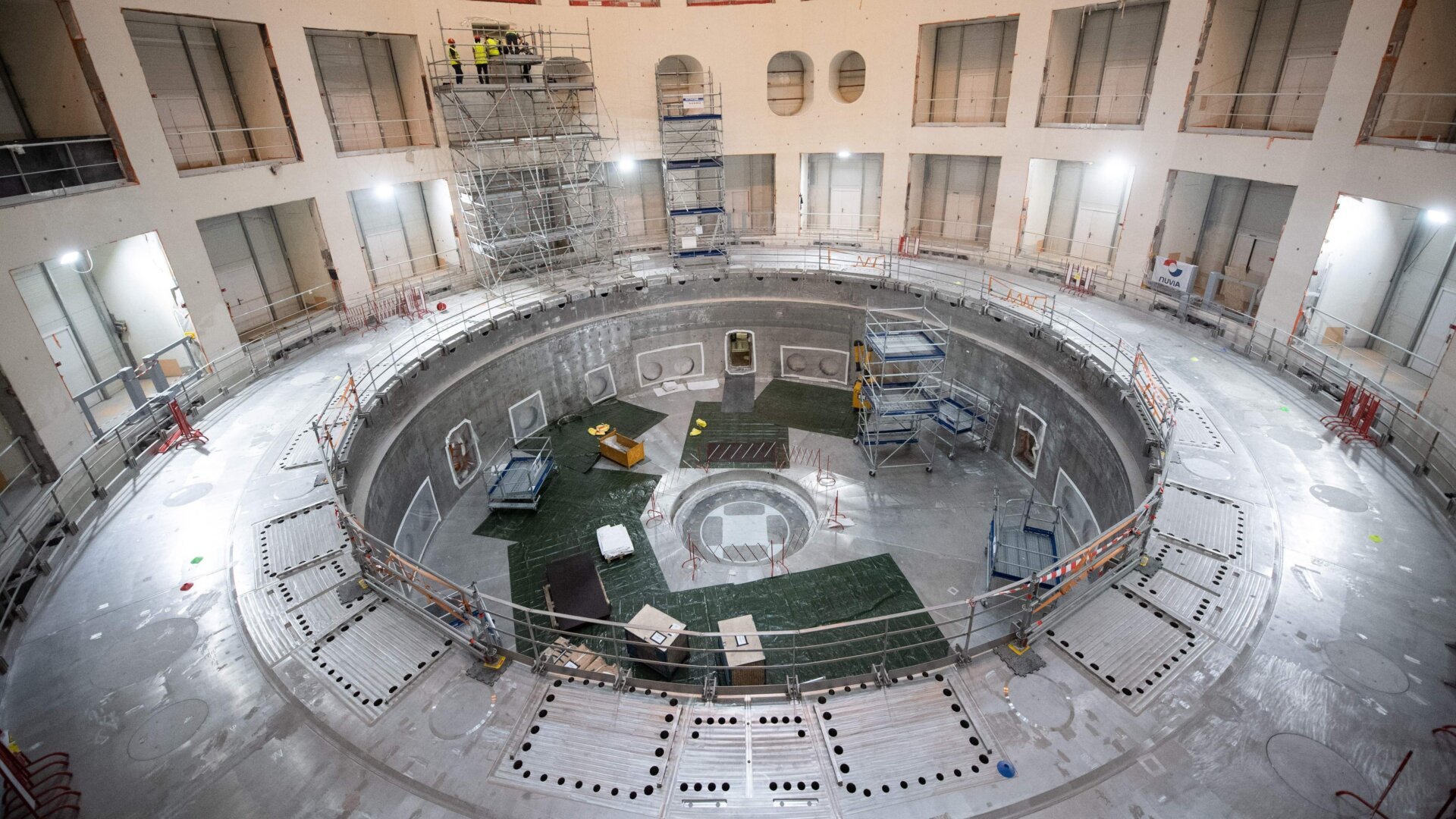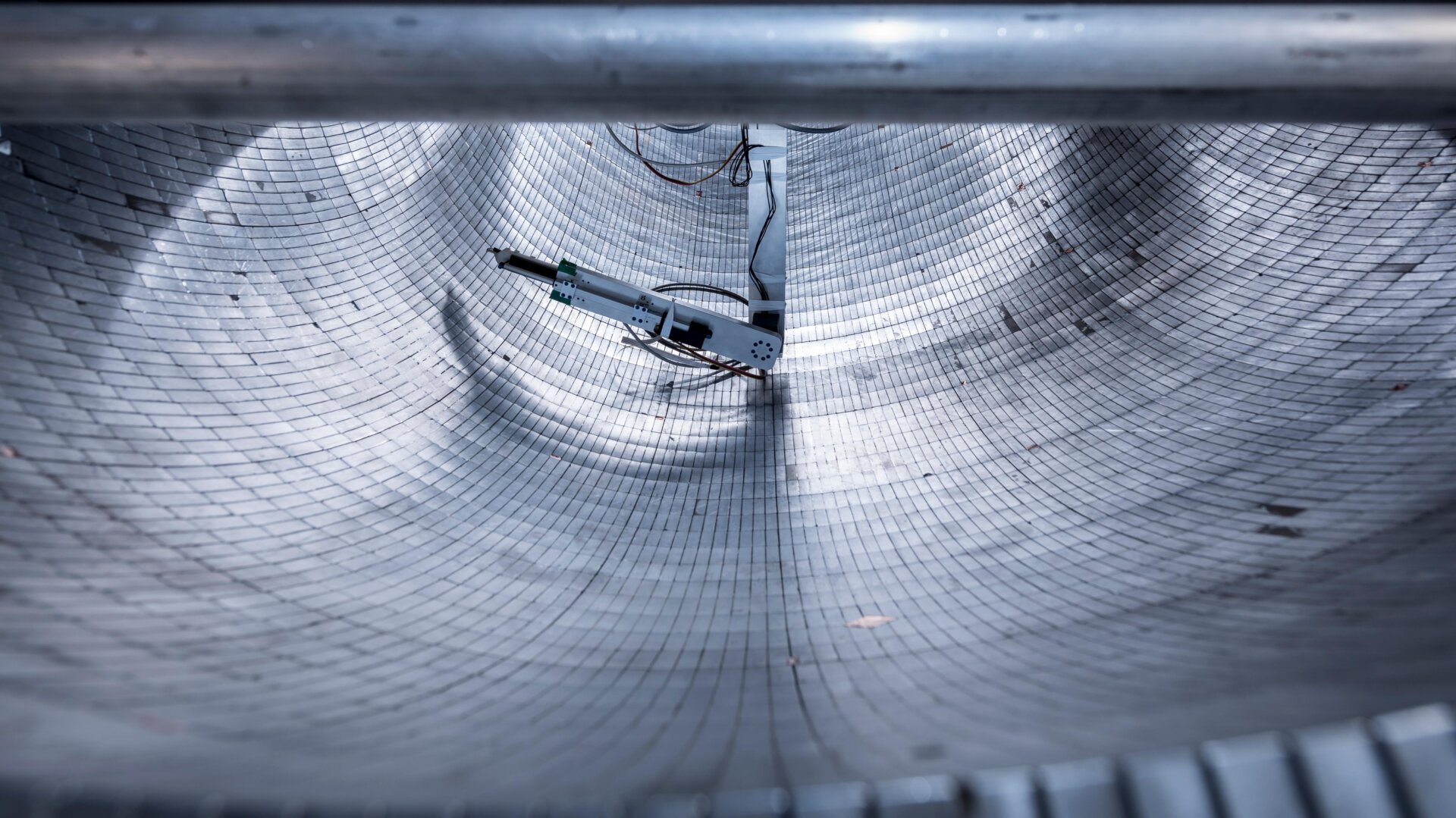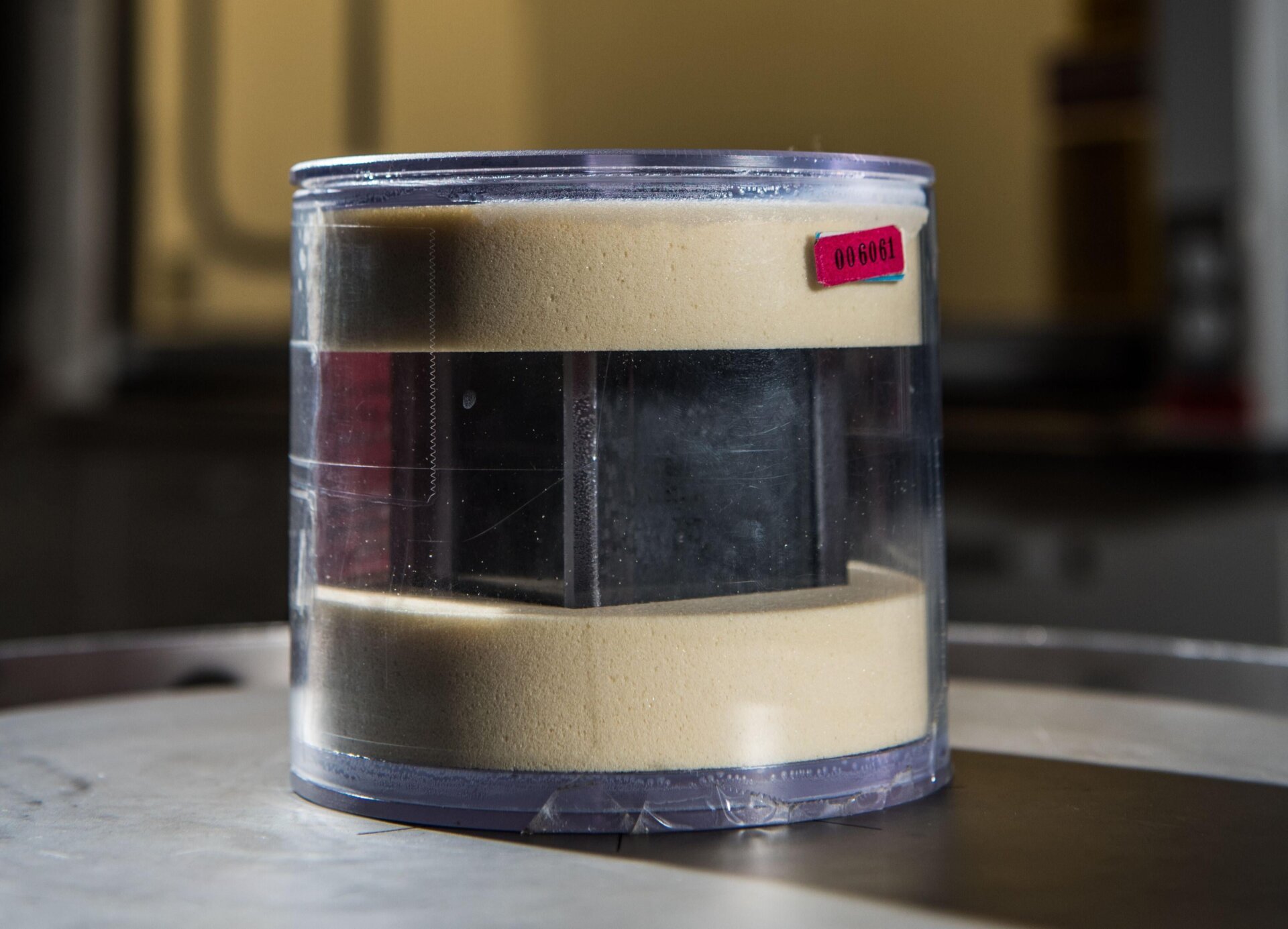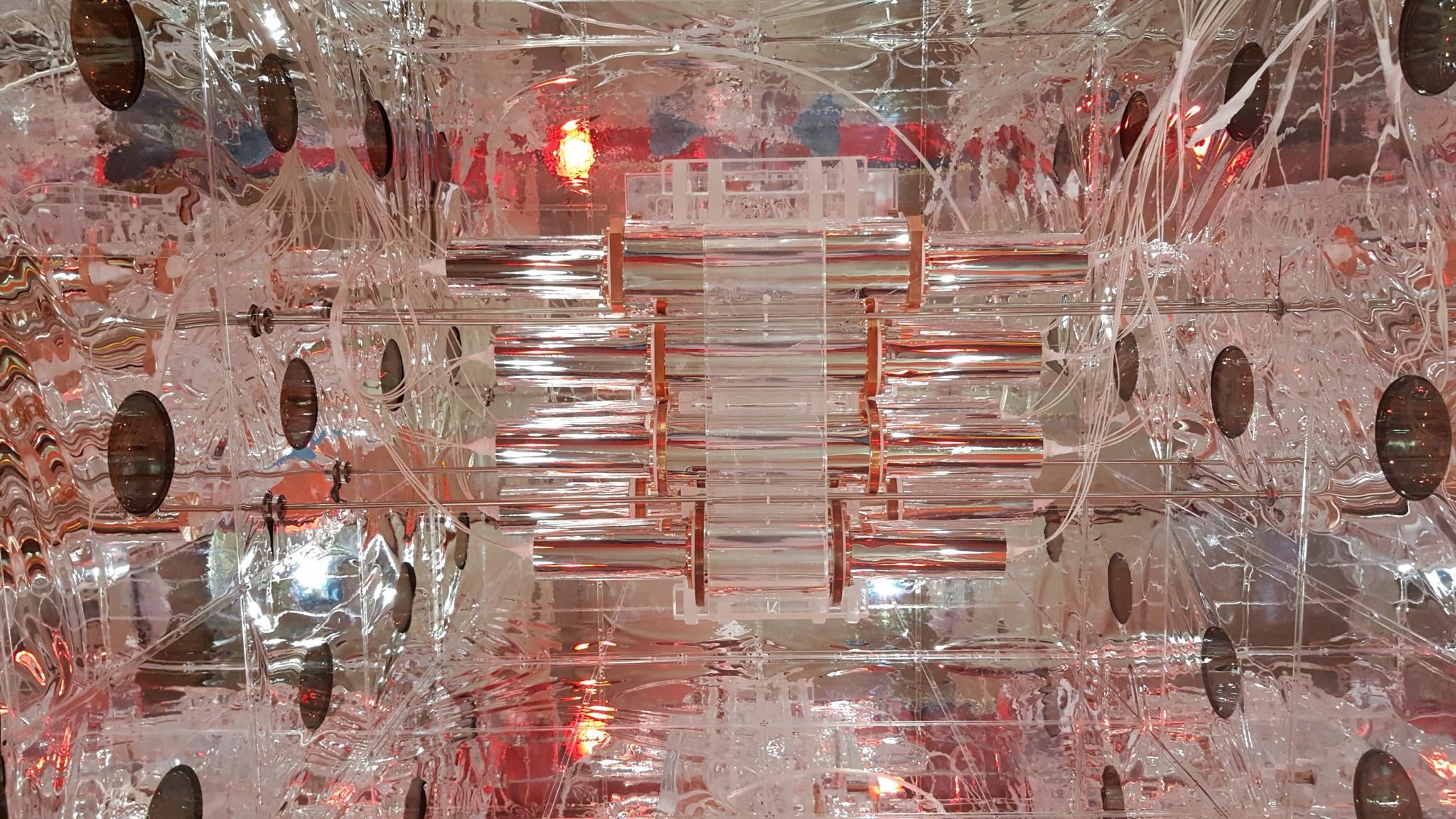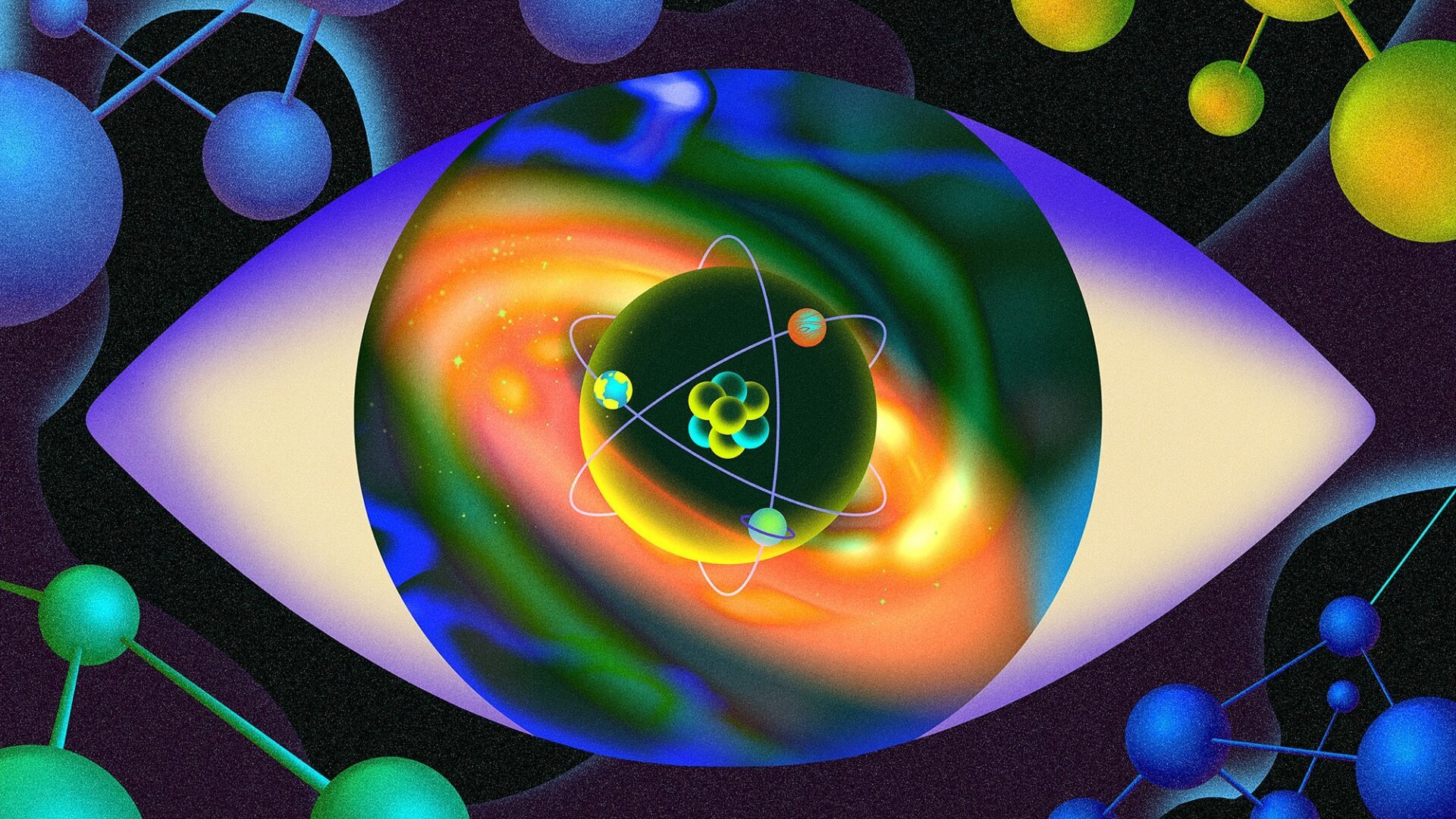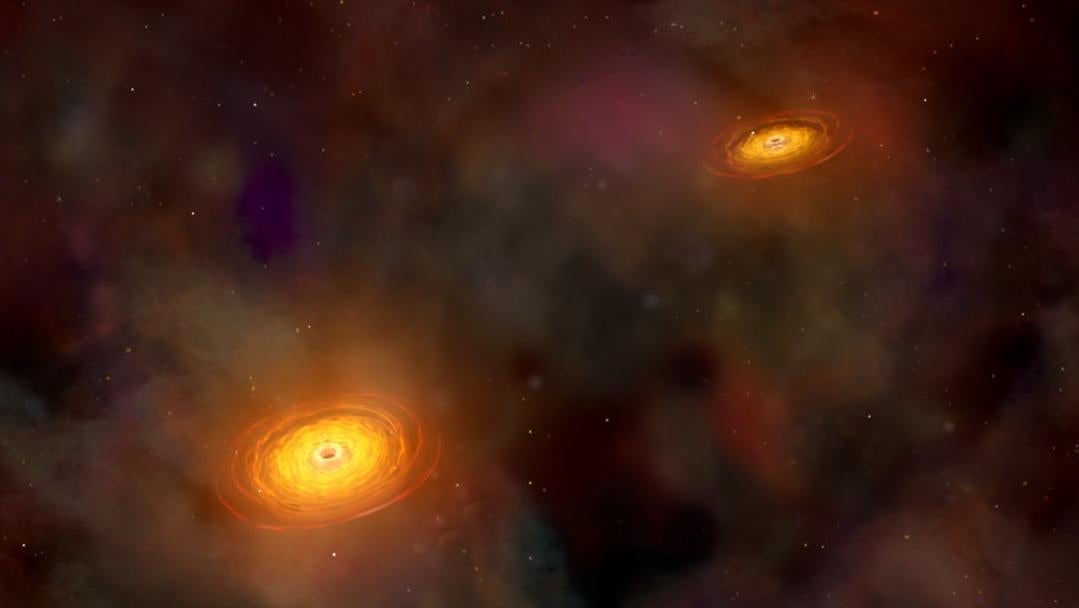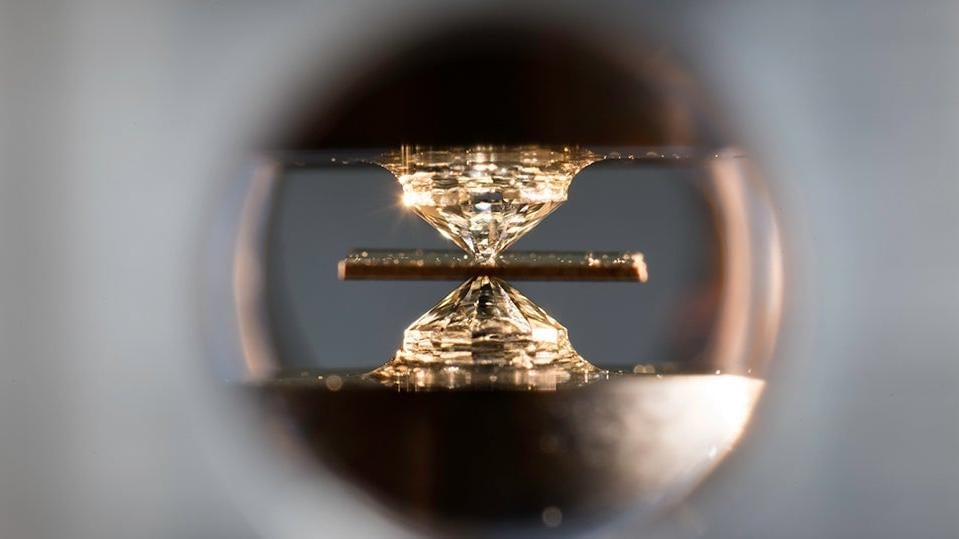The quest for clean, sustainable energy has led scientists on a decades-long pursuit of nuclear fusion. Recently, two significant developments have reignited excitement and brought this ambitious goal closer to reality. In Southern France, the International Thermonuclear Experimental Reactor (ITER) received a colossal magnet, a key component in its massive tokamak design. Almost simultaneously, researchers at MIT and Commonwealth Fusion Systems (CFS) celebrated a successful test of their SPARC experiment, which utilizes a smaller, high-temperature superconducting magnet. These two projects, while both aiming for fusion power, represent distinct approaches to this scientific challenge.
Nuclear fusion, the process powering the sun, involves fusing light atomic nuclei to create a heavier nucleus, releasing vast amounts of energy in the process (E=mc²). While achieved in controlled environments before, the challenge lies in producing more energy than consumed – a feat yet to be accomplished. This contrasts with nuclear fission, the process used in current nuclear power plants, which splits heavy atoms and generates radioactive waste. Fusion, on the other hand, promises clean energy without the burden of long-lived radioactive byproducts.
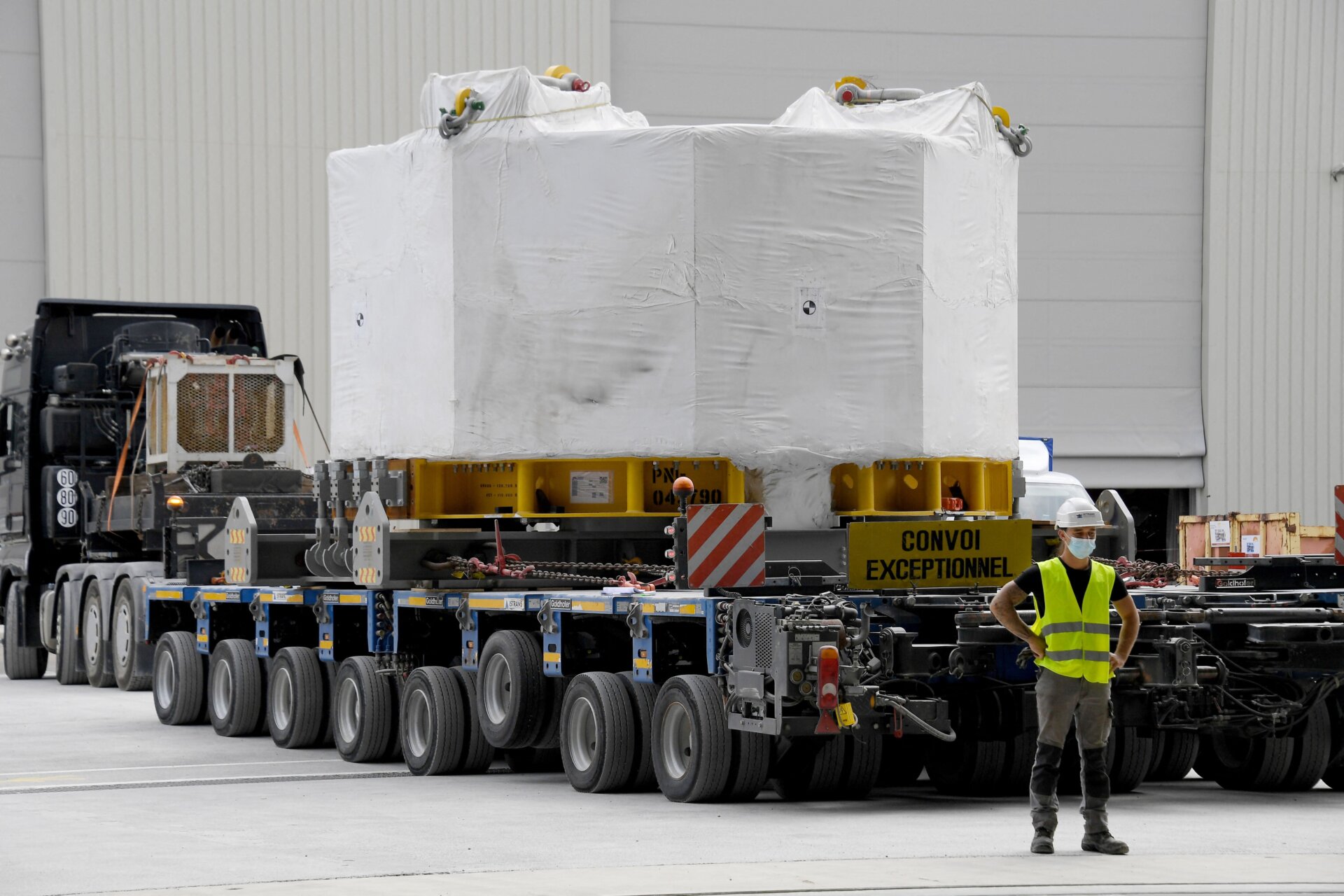 The 110-ton magnet module arriving at ITER. Sept. 9, 2021A 110-ton magnet module, one of six, being installed in ITER’s central solenoid. This powerful magnet will help contain the superheated plasma necessary for fusion.
The 110-ton magnet module arriving at ITER. Sept. 9, 2021A 110-ton magnet module, one of six, being installed in ITER’s central solenoid. This powerful magnet will help contain the superheated plasma necessary for fusion.
Both ITER and SPARC employ tokamaks, doughnut-shaped devices that use magnetic fields to confine superheated plasma, the state of matter where fusion reactions occur. ITER’s recently delivered magnet is one module of its six-module central solenoid, which will be the largest superconducting magnet ever built, generating a field nearly 300,000 times stronger than Earth’s. This massive tokamak, weighing 23,000 tons, aims to produce ten times the power it consumes, a significant step towards fusion breakeven. However, this target doesn’t account for the energy needed to initially create the plasma.
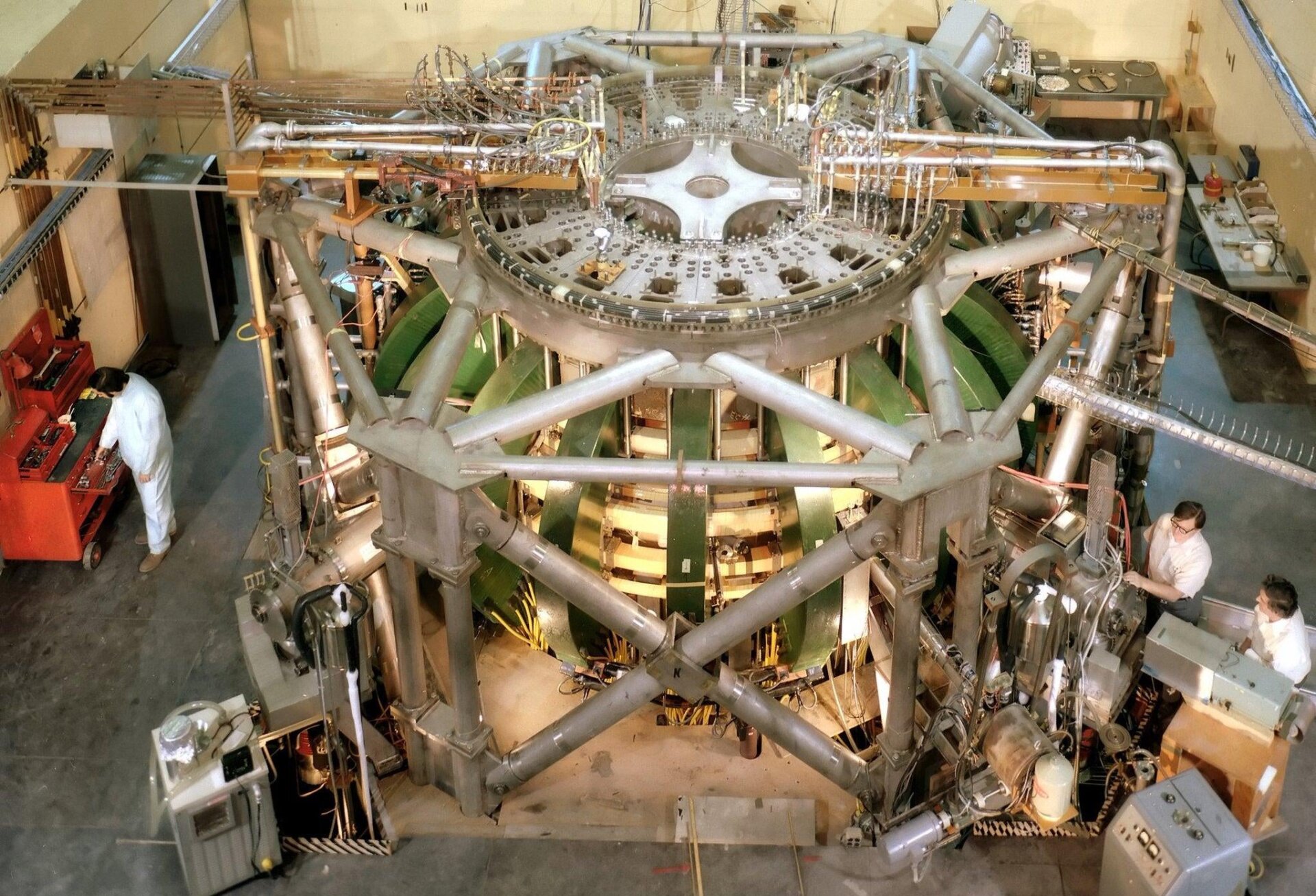 The Princeton Large Torus, a tokamak demonstrating the feasibility of fusion in 1975.The Princeton Large Torus, a historical landmark in fusion research.
The Princeton Large Torus, a tokamak demonstrating the feasibility of fusion in 1975.The Princeton Large Torus, a historical landmark in fusion research.
SPARC, while smaller, leverages advancements in high-temperature superconducting magnets. This allows for a more compact design with a stronger magnetic field, enhancing plasma confinement and potentially achieving similar performance in a smaller volume. This technological leap offers a compelling alternative to ITER’s larger-scale approach.
Both teams are working towards demonstrating the feasibility of fusion power. ITER is projected to achieve first plasma in 2025, the same year SPARC is expected to be completed. SPARC serves as a precursor to ARC, a pilot fusion plant envisioned to be operational by the early 2030s. It’s important to note that neither project aims to generate electricity for the grid; their primary goal is to demonstrate net energy gain from fusion reactions.
The development of fusion power presents complex engineering challenges, requiring continuous innovation and adaptation. ITER, a large international collaboration, has faced delays, while the MIT-CFS team’s breakthrough with high-temperature superconductors has accelerated their progress. These parallel efforts contribute to a diversified approach to fusion research, fostering valuable learning and potential future collaborations.
SPARC’s successful magnet test marks a significant milestone. The team is now focusing on building SPARC, which will inform the design and construction of the larger ARC reactor. ARC, although larger than SPARC, will still be considerably smaller than ITER, demonstrating the potential of high-temperature superconductors to achieve similar fusion performance in a more compact design. The key to ARC’s success lies in SPARC’s ability to validate this approach.
The pursuit of fusion power is a long and challenging endeavor. While optimism is essential, skepticism is equally important. The journey towards commercially viable fusion energy requires continued research, technological advancements, and substantial investment. While the ultimate timeline remains uncertain, the recent progress achieved by both ITER and SPARC offers a glimmer of hope that fusion power may indeed become a reality within the foreseeable future.



